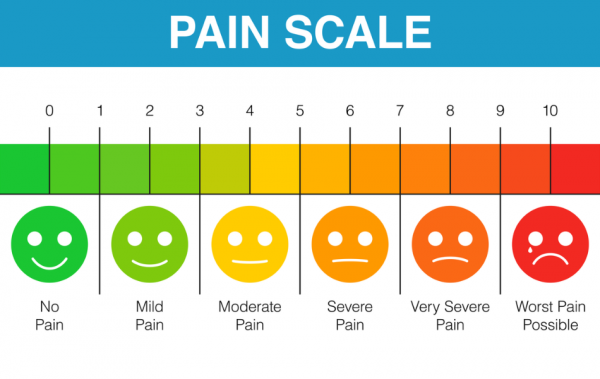Describing your pain accurately can help your healthcare provider make the right diagnosis and create the best treatment plan for you. The kind of pain you have can tell your healthcare provider:
- where it could be coming from
- what might be causing your pain
- what tests need to be done to find the cause
- how long it might last, and
- what treatment is likely to help.
Pain can make it hard to think. It helps to plan how to describe your pain before your appointment. You don't need to use medical words.
It helps to be able to understand the difference between acute and chronic pain as the management can be different for each.
Acute pain comes on suddenly and has a specific cause. It usually doesn’t last longer than 3 months and stops when the cause of the pain is treated. Chronic pain lasts longer and can stay even after the original cause has gone away. Sometimes chronic pain comes from a problem with your body’s pain system itself, even when there’s no previous injury or damage. Read more about what pain is.








